Shipping Container Transport: What Are the Associated Costs?
Navigating the complexities of international container shipping and port storage demands a keen understanding of its many moving parts. We will share insights into what affects shipping container costs. To effectively manage these expenses and optimize logistics strategies, you need a capable load planning platform.
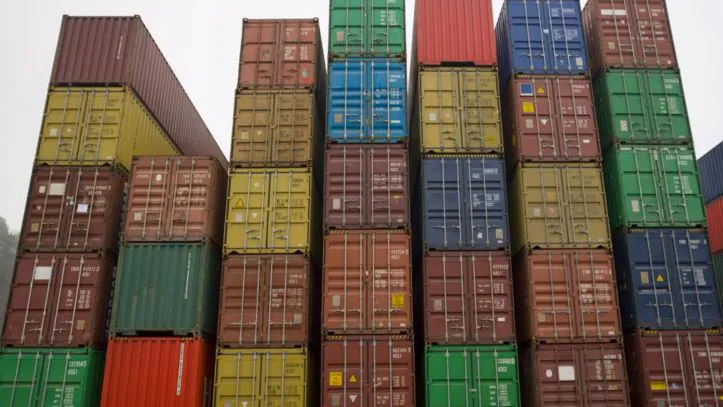
Supply chains worldwide depend on a smooth flow of goods overseas. For this reason, effective logistics is highly dependent on shipping containers. Sea shipping strictly depends on vessels, but this is not the only way containers can be transported. For example, the Netherlands is famous for its inland corridors, where shipping containers are transported from the Port of Rotterdam to hubs in logistics areas such as Venlo.
The way of shipping, tonnage, volume, and many other aspects highly affect container prices. Other factors are related to the port of destination. If a company chooses a port in Denmark, further shipping can be more affordable than in the Netherlands for manufacturing companies in the middle of Europe, such as Poland, the Czech Republic, and Hungary.
Remember that the bustling arteries of European trade witnessed a notable surge in maritime activity during 2023, with approximately 2.2 million vessels making port calls across the EU’s major harbors. This figure, representing a 1.5% increase from the prior year, underscores the continued vitality of maritime commerce.
Looking through the data more narrowly, we can see that Greece led the charge, registering an impressive 477,115 vessel calls, closely trailed by Italy with 449,131, followed by Denmark with 322,230. This highlights their pivotal roles in facilitating the movement of goods and passengers throughout the region, but it also affects container shipping prices. Additionally, sea freight companies are involved in these dynamics.
This article explains the role of shipping container transport and all aspects that affect overall costs. Thanks to this article, you’ll gain more insights into the elements that should be well-considered before choosing your shipping method. See more information below.
What are some Examples of Freight Containers?
The general use of container transport is to ship goods over long distances, such as overseas. In 2023 alone, the average amount of vessels calling at the main EU ports increased by 5.2%, reaching slightly more than 8,000 GT compared to the previous year. This is a significant increase.
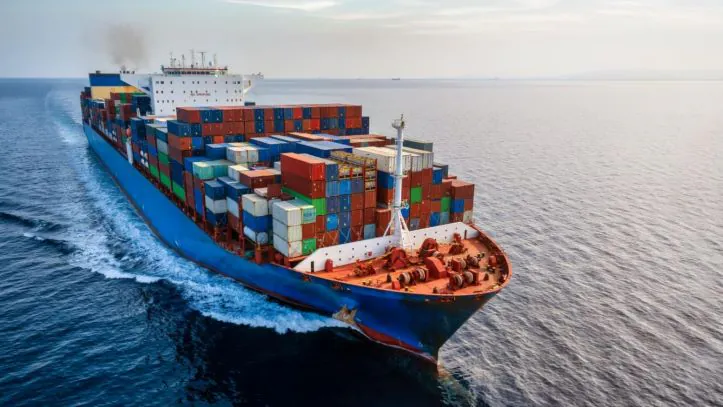
The most commonly used container is used for dry goods. For a long time, sea cargo companies have relied on standard sizes (20′ and 40′) as well as high-cube versions for extra height. These are ideal for general cargo like boxes, pallets, packaged goods, and liquid and cooled goods. Many aspects influence container shipping prices, starting with their purpose and size.
We can list these types of containers:
General-purpose Containers are the workhorses of the shipping industry. They are designed to transport a wide array of dry goods. Their standardized dimensions facilitate efficient handling and stacking on ships, trains, and trucks.
Hardtop Containers: Featuring a removable steel roof, these containers are perfect for loading and unloading heavy or oversized cargo using cranes. They offer the security of a standard container with the added flexibility of an open top.
Open-Top Containers: Designed with a removable canvas or a tarpaulin roof, these containers are ideal for transporting tall or bulky items that cannot be loaded through standard doors. They provide easy top-loading access.
Refrigerated Containers (Temperature-controlled): Also known as ”reefers,” these containers maintain a specific temperature range, making them essential for transporting perishable goods like food, pharmaceuticals, and other temperature-sensitive products. They come in standard and high cube sizes.
It’s important to provide accurate information regarding container sizes. Here’s a breakdown with size details added, keeping in mind that slight variations can occur between manufacturers:
Main Key Size Considerations
- Length: Primarily measured in feet (’). Common sizes are 20′, 40′, and 45’.
- Width: Typically standardized at 8′ externally.
- Height: Standard height is 8’6″, while ”High Cube” containers offer an extra foot, reaching 9’6″.
Here’s a breakdown of the container types with size info:
General Purpose Containers: Versatile and Widely Used: These reliable workhorses of the shipping industry are designed to transport a wide variety of dry goods. Their standardized dimensions make them easy to handle and stack on ships, trains, and trucks.
Standard Sizes and Dimensions
- 20-foot container: A foundational unit, ideal for smaller shipments or when space is a constraint. External dimensions are approximately 20 feet long, 8 feet wide, and 8 feet 6 inches tall.
- 40-foot container: Double the length of a 20′ container, offering significantly more cargo capacity. External dimensions are approximately 40 feet long, 8 feet wide, and 8 feet 6 inches tall.
- 40′ High Cube container: Identical in length and width to a standard 40′ container, but with an additional foot of height. External height reaches 9 feet 6 inches, maximizing vertical cargo space.
- 45′ High Cube: This container provides more space with an even greater length than the standard 40-foot container, combined with the extra height of the high cube.
What Covers the International Container Shipping Cost
From July 2021 to September 2021, major carriers in the U.S. raised demurrage and detention fees by 50% which equated to costing $2.2 billion for companies worldwide. Demurrage refers to the fee shipping lines charge when a container stays at a port or terminal beyond the free time allowed for loading or unloading. Globally and sometimes unfairly, these fees rose by 39%. While they decreased in 2022, they remained 12% above 2020 levels.

This data provides insight into the factors influencing prices, with the current global economic situation playing a key role. Despite rising costs, container carriers saw record-breaking profits in 2021. Logistical constraints and higher fuel prices challenged the industry, but soaring freight rates drove unprecedented earnings. Moreover, despite similar shipment volumes in 2020, the sector’s operating profits (EBIT) surged to $240 billion. For instance, Danish shipping giant A.P. Moller-Maersk increased its volume by just 3.6% but saw revenue jump 56% to $61.8 billion, while EBIT skyrocketed 370% to $19.7 billion.
The cost of international container shipping is complex and depends on many factors. Here is a summary of the key elements that make up the total cost:
Core Shipping Costs
- Base Ocean Freight Rate: This is the fundamental cost of transporting the container across the ocean. It varies significantly based on the distance, route, and demand.
- Container Type and Size: 20-foot and 40-foot containers are standard, with 40-foot containers generally costing more. Specialized containers (refrigerated, open-top, etc.) also incur higher costs.
- Full Container Load (FCL) vs. Less-than-Container Load (LCL): FCL involves renting an entire container, while LCL means sharing a container with other shipments. FCL is often more cost-effective for large volumes, while LCL is most suitable for smaller shipments.
- Additional Charges and Surcharges: International container shipping costs extend beyond basic ocean freight, including various surcharges and fees. These include Terminal Handling Charges (THC) for port loading and unloading and the Bunker Adjustment Factor (BAF) to account for fuel price fluctuations. Additional factors such as the Peak Season Surcharge (PSS) during high-demand periods and the General Rate Increase (GRI) for market adjustments also impact pricing. Duties and taxes, set by the destination country and commodity type, further contribute to costs. Once a container reaches its destination port, additional charges may apply for inland transportation via waterways or road shipping.
Why Do Prices For Shipping Containers Internationally Vary So Much?
The seemingly simple act of transporting a metal box across the ocean conceals a complex web of factors that cause international container shipping prices to fluctuate wildly. Regardless of whether it is from volatile fuel costs, unpredictable spikes in demand due to geopolitical events, or logistical bottlenecks, we should understand the reasons behind these prices in this crucial global trade.
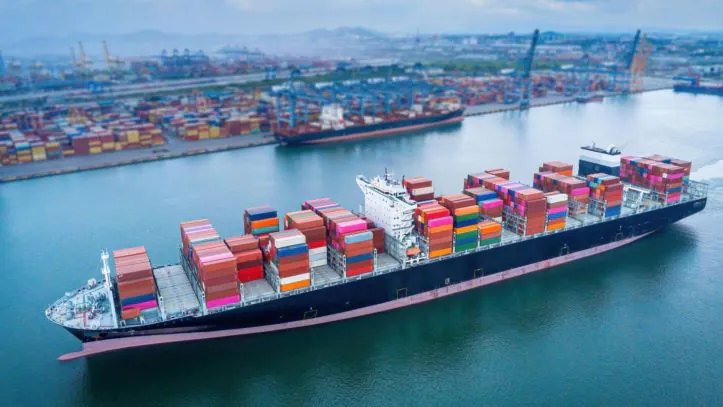
Here are the factors affecting cost:
Distance and Route: Longer distances and less commonly used routes generally result in higher costs. Routes with lower traffic volumes or those requiring specialized vessels often incur higher costs.
Market Demand: Supply and demand fluctuations significantly impact shipping rates. Shipping is a market-driven industry. When demand exceeds available capacity, carriers can raise rates to maximize profits.
Fuel Prices: Changes in fuel costs directly affect shipping expenses. Fuel, or ”bunker,” is a major expense for shipping carriers. Fluctuations in global oil prices directly impact their operating costs. When fuel prices rise, carriers typically pass these costs on to customers through bunker adjustment factors (BAF).
Economic Conditions: Global economic factors, such as inflation and trade imbalances, influence shipping rates. During periods of economic growth, trade volumes tend to increase, driving up demand for shipping services. Trade imbalances between countries can create imbalances in container availability, leading to higher costs for repositioning empty containers.
Seasonal Variations: Peak shipping seasons increase demand and drive up costs. Certain times of the year (such as the pre-holiday season in many Western countries), harvest seasons for agricultural products, or sudden increases in demand for specific goods due to unexpected events can lead to temporary spikes in shipping costs.
Costs for Storage of Freight Containers in the Port
Navigating the complexities of port storage fees is crucial for efficient cargo management. Storage will also affect shipping costs. The current rate structure for the Port of Los Angeles reveals dynamic pricing since September 1st, 2023. Ports provide practical tools for calculating storage charges, with rate lists detailing costs based on tonnage and volume. These outline daily fees for cargo types and container sizes, from general goods stored in covered or uncovered areas to specialized commodities like cotton and vehicles.
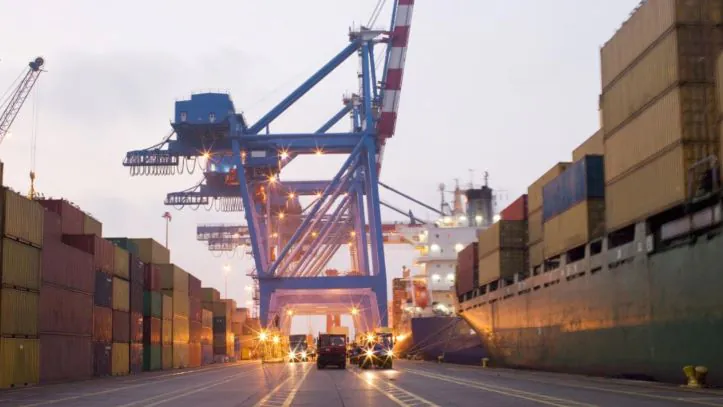
Here are some container storage examples prepared based on data from the Port of Los Angeles:
- 20-foot Container: In some scenarios, a 20-foot container will be stored for 10 days; the cost calculation looks like this: $12.55/day * 10 days = $125.50.
- 40-foot Container: The second scenario for a 40-foot container is when it is stored for 7 days, which shows a total calculation based on $25.11/day * 7 days = $175.77.
- 45-foot+ Container: In the third scenario, we can store a 45+ foot container for 3 days. The final cost calculation will give us these results: $32.41 * 3 = $97.23.
Special commodities can also affect costs. For example, in a scenario with cotton storage, 100 kilotons (K/T) of cotton is stored for 5 days. The calculation will present these values in Los Angeles: $0.34/K/T/day * 100 K/T * 5 days = $170.00.
How Can You Lower Your Container Shipping Costs?
To battle fluctuating container shipping costs, individual shippers and related industries must take a strategic approach. For shippers, this translates into meticulous planning, skillful negotiation, and the efficient use of resources. What else is important to consider? See below:
Standardization and Automation: Standardize container sizes and handling procedures to improve efficiency. Implement automation in ports and terminals to reduce labor costs.
Optimizing Container Utilization: Maximize container space by efficiently packing cargo. Consolidate shipments to achieve full container loads (FCL) whenever possible. For this purpose, you can use load planning software to minimize the impact of poorly managed loading for international shipping.
Negotiating Contracts: Establish long-term contracts with carriers or freight forwarders for stable rates and leverage volume to negotiate favorable pricing.
Choose the Right Shipping Routes and Ports: Explore alternative routes and ports to avoid congested areas, which may result in higher fees. Consider less popular routes that may offer lower rates.
Technology and Data Analytics: Use technology to track shipments, analyze data, and identify cost-saving opportunities. You can use software that compares rates from multiple carriers and allows you to forecast loading volume.
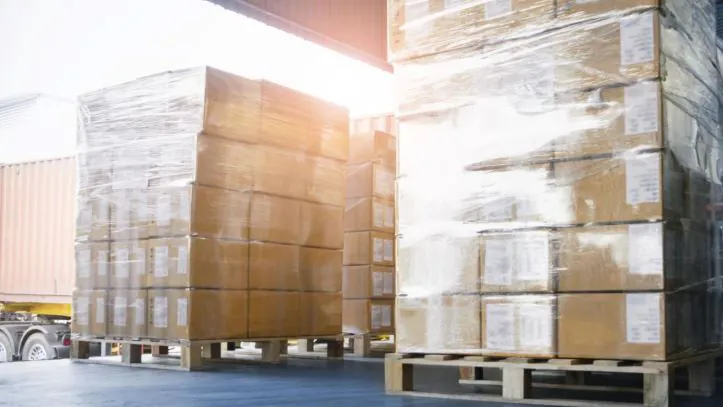
Summary
Understanding the multifaceted nature of international container shipping and port storage costs is critical. Many variables affect final expenses, from fluctuating fuel prices and market requirements to port fees and regulatory factors. Carefully considering these elements can undoubtedly help companies optimize their logistics strategies and mitigate potential cost overruns.
For accurate shipping and warehousing costs, consider optimizing your warehouse operations for container cargo loading and efficient space utilization. Contact us today for a free consultation on how we can help you improve the load planning of your shipments.




